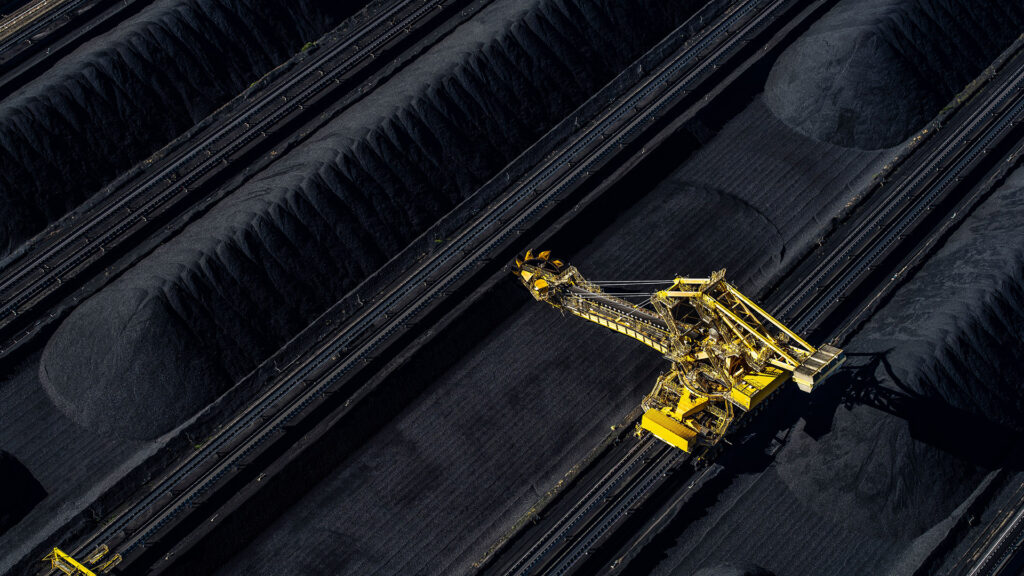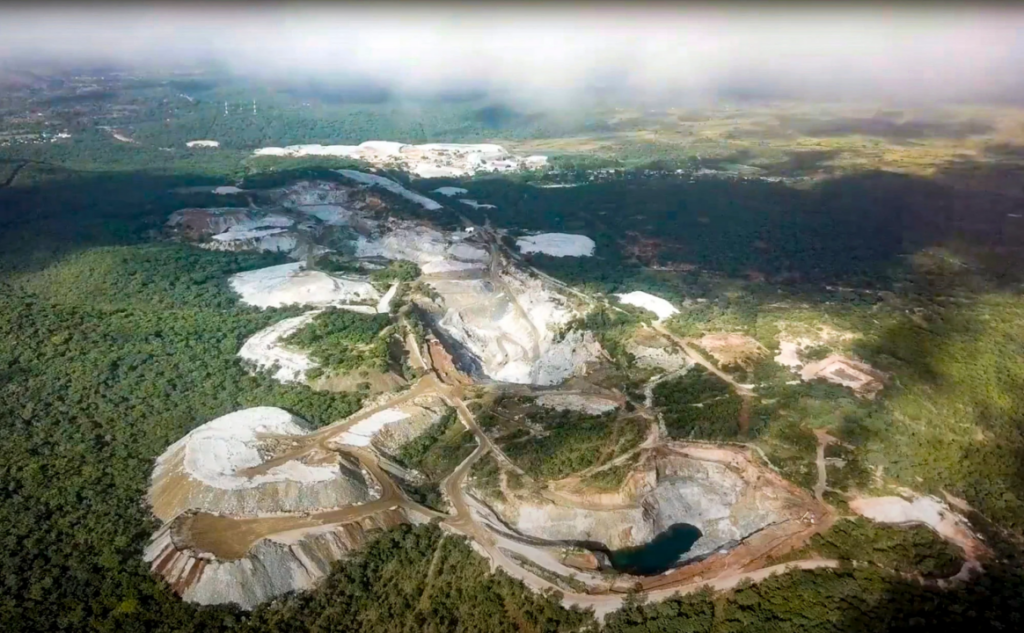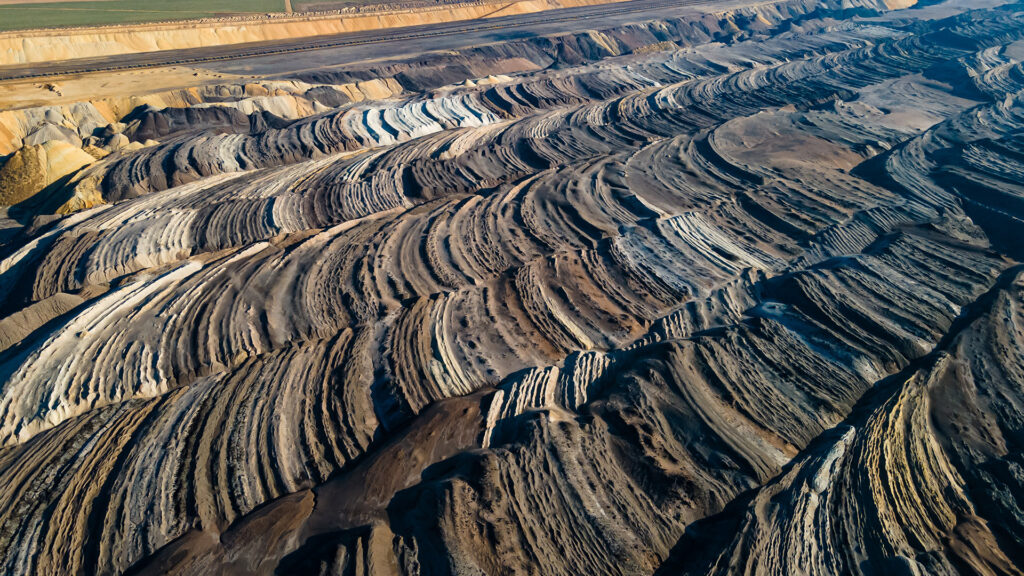|
Getting your Trinity Audio player ready...
|
Africa, a continent rich in natural resources, plays a pivotal role in the global diamond industry. With a history deeply intertwined with the allure and value of these precious stones, many have emerged as leading diamond producing countries in Africa.
The diamond mining industry contributes significantly to the global market and drives economic development within these nations. From Botswana’s vast diamond fields to Namibia’s offshore operations, the continent’s diamond-producing nations showcase a diverse and dynamic landscape.
This article explores the top 10 diamond producing countries in Africa, highlighting their contributions to the global diamond industry, production volumes, and the economic impact of diamond mining on local communities.
Highlights
Botswana: Leading Africa in diamond production by value, Botswana’s diamond industry, managed by Debswana (a joint venture between De Beers and the government), remains a pillar of the nation’s economic success.
Democratic Republic of the Congo (DRC): Known for high production volume, the DRC’s diamond industry is dominated by artisanal and small-scale mining, with ongoing efforts to formalize the sector for better economic benefits.
Angola: With significant growth in diamond output, Angola’s primary mining operations, including the Catoca mine, contribute substantially to its economy, supported by government reforms and foreign investments.
South Africa: A historic diamond producer, South Africa continues to be a key player with high-quality diamond production, contributing significantly to employment and export revenues.
Zimbabwe: Home to the Marange diamond fields, Zimbabwe’s diamond production is vital to its economy, despite challenges in governance and transparency.
1. Botswana

2023 Production Volume: 25,094,818 carats
2023 Value: $3,283,178,851
2022 Production Volume: 24,509,939 carats
2022 Value: $4,700,321,539
Botswana remains Africa’s number-one diamond producer by value. Even though the total value has dipped from $4.7 billion in 2022 to $3.28 billion in 2023, the country continues to maintain a high production volume and benefits from a reputation for quality. Botswana’s diamond industry, largely managed through Debswana (a partnership between De Beers and the government), has long been a mainstay of the nation’s economic success, financing infrastructure, health, and education projects.
Production Highlights:
Often cited as the largest diamond producer in Africa by value, Botswana’s diamonds are known for their exceptional quality. The discovery of diamonds in the 1960s revolutionized Botswana’s economy. Debswana—a partnership between the government of Botswana and De Beers—oversees several major mining operations, including the prolific Jwaneng and Orapa mines.
Economic Impact:
Botswana’s diamond revenue has funded major infrastructure projects such as roads, schools, and hospitals, transforming what was once one of the world’s poorest countries into a middle-income nation. The country’s transparent governance of diamond resources is often a positive example to other resource-rich nations.
2. Democratic Republic of the Congo (DRC)

2023 Production Volume: 8,347,462 carats
2023 Value: $64,963,508.80
2022 Production Volume: 10,780,285 carats
2022 Value: $76,722,018.02
Although the Democratic Republic of the Congo (DR Congo) continues to yield a large volume of diamonds (over eight milthan in023), the per-carat value remains relatively low. Much of the production is artisanal, with industrial-scale mining less developed than in other nations. Political and infrastructural challenges still hinder the full potential of DR Congo’s diamond sector.
Production Highlights:
The DRC has historically been among the world’s largest diamond producers by volume. Artisanal and small-scale miners account for a large portion of the country’s diamonds, with industrial-scale operations also present, though less developed compared to some other countries.
Economic Impact:
Despite abundant resources, the benefits of diamond mining have not fully reached local communities due to political instability and informal mining. The government and international bodies have been working to formalize the sector and ensure that diamond wealth contributes more substantially to economic development.
3. Angola

2023 Production Volume: 9,754,309 carats
2023 Value: $1,531,977,106.05
2022 Production Volume: 8,763,309 carats
2022 Value: $1,965,247,499.47
Key Takeaways:
Angola’s diamond sector has grown in output (nearly one million more carats than in 2022), yet the overall value dipped from about $1.97 billion to $1.53 billion. Significant deposits in Angola’s Lunda Norte and Lunda Sul provinces underscore its place among Africa’s leading producers. Government reforms aim to broaden investment and boost sustainable development from diamond revenues.
Production Highlights:
Angola’s diamond output has grown substantially over the past few decades. The country’s major diamond fields lie in the Lunda Norte and Lunda Sul provinces. Catoca, one of the world’s largest kimberlite mines, significantly contributes to Angola’s total production.
Economic Impact:
While the diamond industry remains crucial to Angola’s economy, the country is also focused on diversifying its resource base. The government has actively pursued reforms and partnerships to attract foreign investment in mining, build infrastructure, and create more transparent policies for international trade.
4. South Africa

2023 Production Volume: 5,891,885 carats
2023 Value: $793,950,820
2022 Production Volume: 9,660,233 carats
2022 Value: $1,538,930,037.97
Historically, the epicenter of diamond mining, South Africa, shows a marked decline in production volume and value compared to 2022. Nonetheless, the country’s diamond industry retains significance; iconic mines like Venetia (owned by De Beers) still produce high-quality stones, and diamonds remain an integral segment of South Africa’s broader mining economy.
Production Highlights:
The importance of diamonds at Kimberley in the late 19th century led to the “Diamond Rush” and the birth of mining giants like De Beers. Though overshadowed in volume by some countries, South Africa remains a key producer of high-quality diamonds, with operations centered in areas like Venetia (Limpopo Province), owned by De Beers.
Economic Impact:
Diamonds helped shape South Africa’s economy, paving the way for a modern mining industry. While gold and platinum also play significant roles today, diamond mining remains an important contributor to employment and export revenues.
5. Zimbabwe

2023 Production Volume: 4,461,450 carats
2023 Value: $423,612,395.43
2022 Production Volume: 4,461,450 carats
2022 Value: $423,612,395.43
Zimbabwe’s production figures and value stayed the same year-over-year, showing stability in the Marange diamond fields and other mining sites. While diamonds play a key role in Zimbabwe’s economy, continued efforts toward reform and transparency can help maximize local benefits and ensure sustainable growth.
Production Highlights:
Zimbabwe is home to the Marange diamond fields, which garnered global attention due to their rapid and large-scale production. Though production and exports have fluctuated recently, Zimbabwe’s deposits remain among Africa’s most significant.
Economic Impact:
Revenue from diamond mining is crucial to Zimbabwe’s economy, though resource governance and transparency challenges persist. The government continues implementing policies to maximize the sector’s contribution to national development and curbing illicit trade.
6. Namibia

2023 Production Volume: 2,054,227 carats
2023 Value: $1,234,496,934.12
2022 Production Volume: 2,054,227 carats
2022 Value: $1,234,496,934.12
Namibia’s figures remain virtually unchanged from 2022 to 2023, suggesting steady production and stable market value. Notably, the country is famous for offshore diamond mining—an innovative process in which specialized vessels recover diamonds from the seabed off Namibia’s southwestern coast. Partnerships like Namdeb and Debmarine (between De Beers and the Namibian government) remain crucial for the country’s economy.
Production Highlights:
Namibia is famed for its marine diamond mining—an operation unique on the continent. Diamonds are often found along the southwestern coastline and offshore on the seabed. Companies like Debmarine Namibia employ specialized vessels to recover gem-quality stones from the ocean floor.
Economic Impact:
Namibia’s diamond sector is a cornerstone of its economy, significantly contributing to GDP and employment. The country’s partnership with De Beers (Namdeb and Debmarine Namibia) has led to continued exploration of marine deposits, underscoring the future importance of offshore diamond resources.
7. Sierra Leone

2023 Production Volume: 525,457 carats
2023 Value: $102,494,008.63
2022 Production Volume: 688,970 carats
2022 Value: $142,907,210.45
Production volume and value have decreased in Sierra Leone from 2022 to 2023. Most mining remains artisanal, although large-scale commercial ventures may gain traction with continued foreign and government investment. The country’s diamonds, often revered for their clarity, have historically played a complex role in economic development and conflict recovery.
Production Highlights:
Sierra Leone’s diamonds are known for their high clarity and quality. The Kono District is the heart of the country’s diamond mining activities. While most production is small-scale, industrial ventures exist and may expand over time with sustained investment.
Economic Impact:
Diamonds have played a complex role in Sierra Leone’s history, famously fueling conflict during the civil war of the 1990s. Today, the government and international organizations have enacted measures to ensure diamonds are conflict-free, notably through the Kimberley Process, aiming to secure greater regional transparency and peace.
8. Lesotho

2023 Production Volume: 471,744 carats
2023 Value: $138,707,055.08
2022 Production Volume: 727,736 carats
2022 Value: $314,358,893.67
Lesotho’s production volume fell from 727,736 carats in 2022 to 471,744 carats in 2023, and the total value also declined. Nonetheless, the mountainous nation consistently produces exceptionally high-quality stones, especially from the Letšeng mine, famed for some of the largest and most valuable diamonds in the world.
Production Highlights:
Lesotho may not produce the same sheer volume as larger countries, but its mines—including the Letšeng mine—are renowned for yielding some of the world’s most enormous and exceptional-quality stones. Letšeng routinely produces large, high-value diamonds that attract global attention.
Economic Impact:
Because of the high value of Lesotho’s diamonds, even smaller production figures can significantly benefit the national economy. The diamond sector, supported by partnerships with mining companies, remains crucial for job creation and government revenue.
9. Ghana

Production Highlights:
Though more famous for gold, Ghana also has a small but noteworthy diamond industry. Most of Ghana’s diamond mining is artisanal and occurs in the Eastern Region. Production levels have varied over the years, but diamonds are still essential to Ghana’s overall mineral exports.
Economic Impact:
Ghana’s diamond sector generates less revenue than gold or oil, yet it remains vital for local communities reliant on artisanal mining. Ongoing efforts to formalize the small-scale mining sector aim to improve working conditions and government oversight.
10. Tanzania

2023 Production Volume: 191,010 carats
2023 Value: $31,159,266.94
2022 Production Volume: 375,533 carats
2022 Value: $110,396,767.64
Tanzania’s Williamson Diamond Mine is historically notable for large-scale production, yet the country’s figures for 2023 are substantially down compared to 2022. Diamond mining remains an essential component of Tanzania’s broader mineral sector, including gold, tanzanite, and other resources.
Production Highlights:
Tanzania’s diamond production is led by the Williamson Diamond Mine—one of the world’s oldest continuously operating diamond mines. Situated in the Shinyanga region, the mine has historically produced sizeable volumes of diamonds and remains a key part of Tanzania’s mineral wealth.
Economic Impact:
Along with gold, nickel, and other minerals, the diamond sector contributes to Tanzania’s exports and employment. Policy reforms and regulatory changes in recent years have aimed to ensure that diamond revenues further support national economic and social development goals.
Outlook on the Diamond Producing countries in Africa
Several countries (Botswana, Angola, and South Africa) saw a decline in dollar value from 2022 to 2023, even if production volumes increased or stayed consistent. This shift may reflect fluctuations in global diamond prices, changes in the quality mix of diamonds, or broader market conditions.
Countries like Namibia and Zimbabwe show steady or identical figures year over year, reflecting consistent industry output. Others (Lesotho and Tanzania) experienced notable drops, possibly due to temporary mining disruptions, regulatory changes, or shifts in investment.
Botswana and Namibia exemplify how good governance and public-private partnerships can help nations leverage diamond wealth for broader social and economic benefits. In other states, persistent challenges (political instability, lack of infrastructure, illicit trade) can limit how effectively diamond revenues contribute to national development.
Namibia’s thriving offshore extraction is a compelling story in global diamond mining. As onshore deposits become more challenging to extract, technological advances in marine mining could become increasingly important.
With consistent demand for high-quality diamonds, most countries will likely remain key players. However, each must manage external market forces, transparency, and sustainability to convert diamond wealth into long-term prosperity.
Closing Thoughts
Africa’s diamond industry is a vivid example of how natural resources can shape a nation’s economic fate. Several countries—like Botswana and Namibia—have achieved commendable success by leveraging diamonds to invest in infrastructure and social services. Others are on the path to further formalize and grow their mining sectors, hoping to transform raw resource potential into sustainable economic development.
Overall, diamonds remain a symbol of beauty and desire worldwide, and African nations continue to be among the most vital and storied sources of these precious stones.
Frequently Asked Questions (FAQ)
Which country is the largest producer of diamonds in Africa?
Botswana leads Africa in diamond production by value, making it the largest producer on the continent. Its diamond industry is a key contributor to the nation’s economy and is largely managed through Debswana, a joint venture with De Beers.
Which African country has the best diamonds?
Lesotho is renowned for producing some of the world’s largest and highest-quality diamonds, particularly from the Letšeng mine. Although its production volume is smaller, the value and quality of its diamonds are exceptional.
What is the diamond capital of Africa?
Kimberley in South Africa is often referred to as the diamond capital of Africa due to its historical significance in the diamond mining industry. The discovery of diamonds in Kimberley in the late 19th century sparked the “Diamond Rush.”
Which country is the largest diamond producer globally?
While Botswana is the largest producer in Africa, Russia is the largest diamond producer globally. Its extensive mining operations significantly contribute to the world’s supply.
How does diamond production impact economic development in African countries?
Diamond production plays a crucial role in the economic development of many African countries by providing revenue for infrastructure, health, and education projects. It also creates jobs and boosts export revenues, though challenges remain in ensuring equitable distribution of benefits.
What measures are in place to prevent the trade of blood diamonds?
The Kimberley Process is an international certification scheme that aims to prevent the trade of conflict diamonds, also known as blood diamonds. It ensures that diamonds are conflict-free by requiring governments to certify the origins of rough diamonds before they enter the global market.
How do African countries contribute to the global diamond industry?
African countries are major players in the global diamond industry, providing a significant portion of the world’s diamond supply. Nations like Botswana, South Africa, and Angola are key contributors, with their diamonds being highly sought after for their quality and value.
What are some of the challenges faced by the African diamond mining industry?
The diamond mining industry in Africa faces challenges such as political instability, governance issues, and the need to formalize artisanal mining. Efforts are ongoing to address these challenges and ensure that diamond wealth benefits local communities and supports sustainable development.







